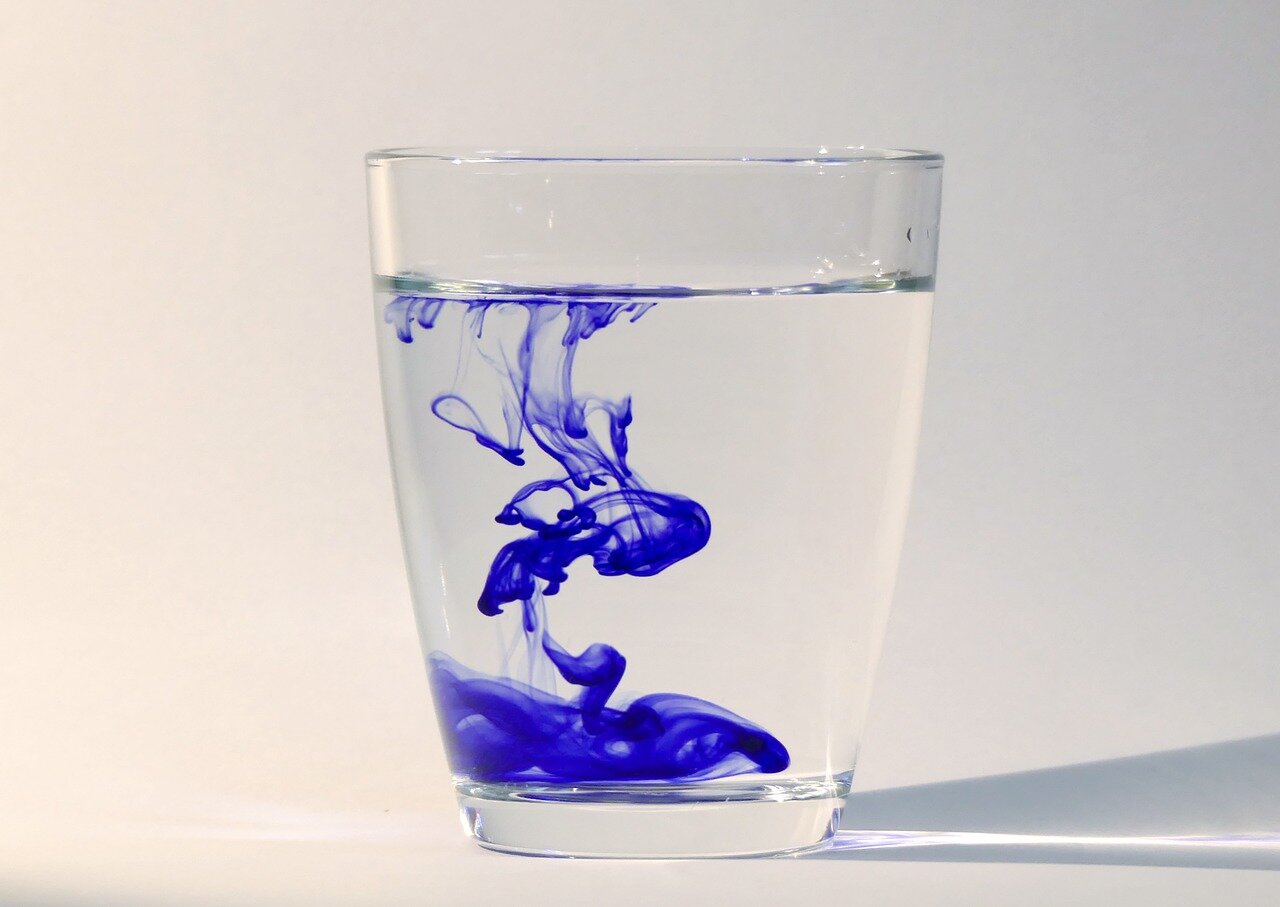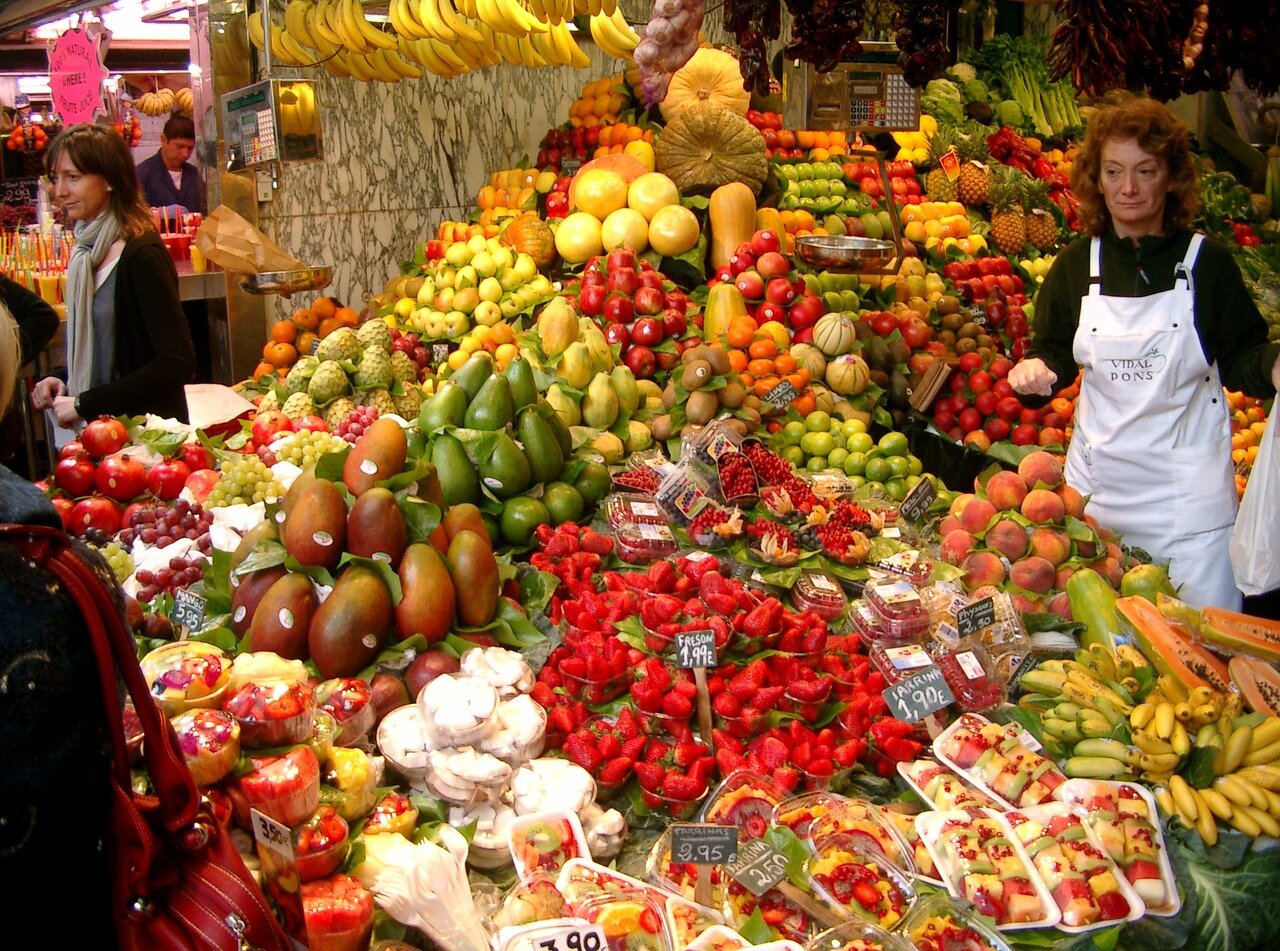Plants fix carbon through photosynthesis, but they release chemicals into the soil that contain one-fifth of the carbon they make. At first, it seems like complete a waste. What’s the point of dumping chemicals into the ground when they can use that carbon to grow or reproduce?
Releasing chemicals (exudate) in the soil is a vital strategy that plants use to attract beneficial microbes. For example, plants form a partnership with mycorrhizal fungi that provide plants with nitrogen and phosphate in exchange for carbon. On the downside, harmful pathogens, that aim to colonise plant roots, are also responsive to the chemicals that plants release. The race to colonise plant roots turns the rhizosphere (the region of the soil containing plant root exudate) into a battlefield between beneficial and harmful microbes. The winner colonises the plant root and gets access to nutrients that plants make.
In a recent study published in BioRxiv preprint, scientists regulated two genes ABC-C6 and ABC-G33 in tomato plants to produce fewer copies of these genes’ products. Regulating these genes modified the chemical content of the root exudate. Adjusting exudate chemicals through gene regulation made the plant less attractive for plant-parasitic nematodes, including the root-knot nematode and the potato cyst nematode. The study also found that modifying the exudate also prevents these nematodes from hatching. This study also found that the exudate contents affect the plant’s ability to attract beneficial microbes, revealing yet another dynamics in the interplay between plants and microbes.
Plant-parasitic nematodes cause a 12 percent reduction in crop yields costing the economy up to 157 billion USD. But due to their complexity and diversity, scientists are struggling to find long-term solutions to protect our crops. And therefore, ex planta solution to the problem is attractive. This study reveals a “push-pull” strategy that we can use to repel or attract microbes (or parasites). As such, manipulating root exudate content to repel nematodes and to prevent nematodes from entering the plants is an attractive prospect that could have huge benefits.
These results reveal a complex relationship between the plant and economically important microbes and parasites. Data presented provide genetic information to influence these interactions. With our ability to manipulate genes, such as plant breeding and biotechnology, we can promote beneficial plant-microbe interactions in the rhizosphere to improve global agriculture.
The paper “ABC transporters alter plant-microbe-parasite interactions in the rhizosphere” is published in BioRxiv. See the link to read the paper:
https://doi.org/10.1101/526582



Leave a Reply